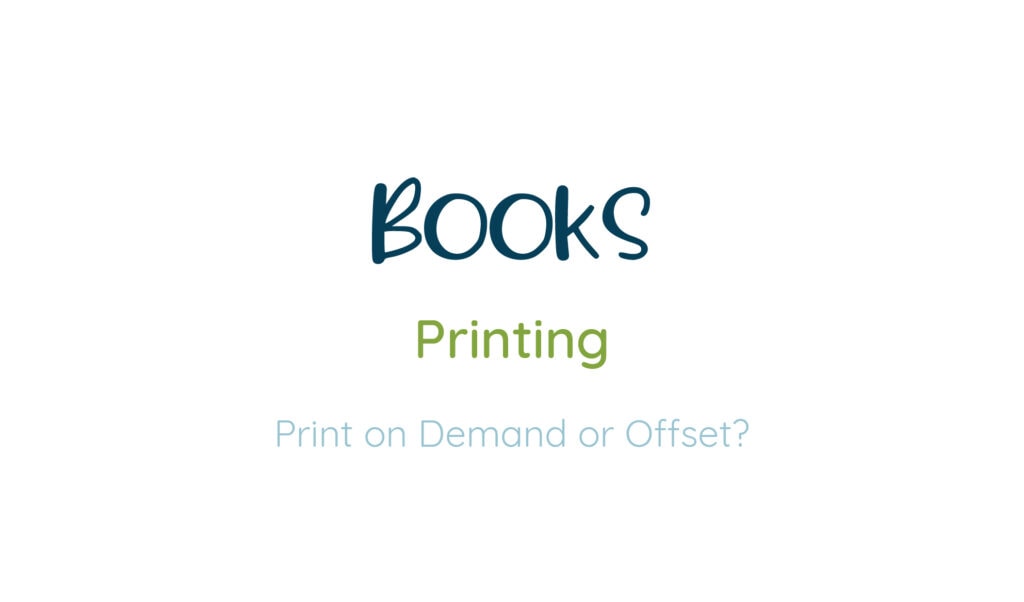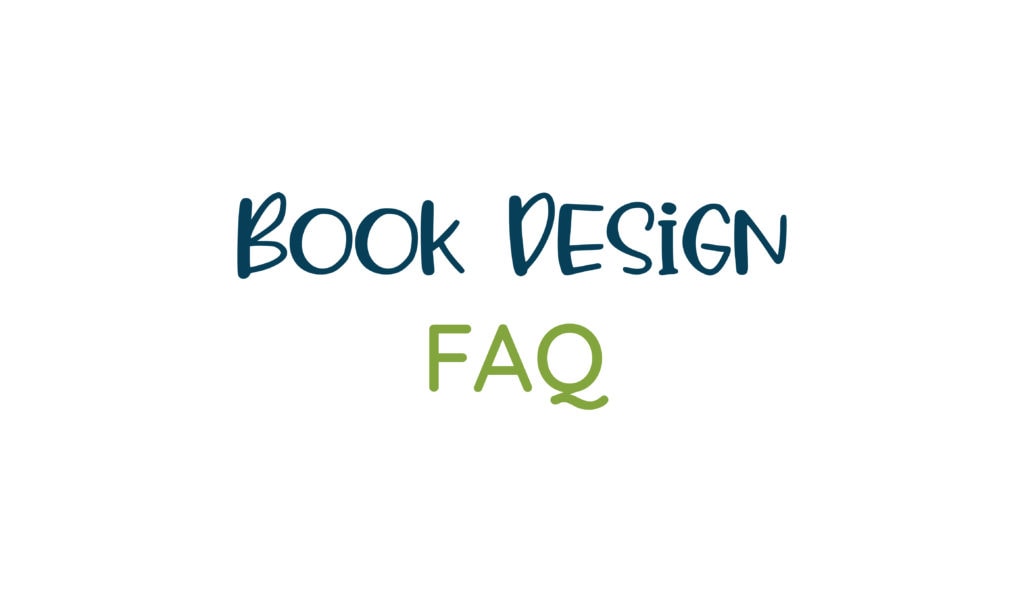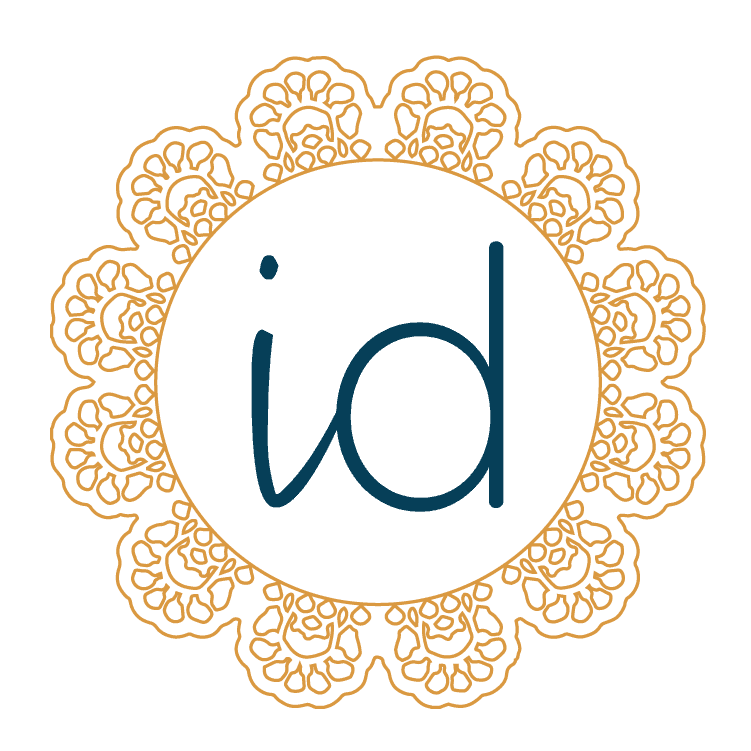My answer is both if you can and if it makes sense for you specifically.
POD
Print On Demand is a print service on a platform like Amazon KDP (Kindle Direct Publishing), Ingramspark, Lulu, etc. that will print copies of your book as they are ordered. You don’t pay any upfront printing costs, they are deducted from the purchased price. You receive a royalty percentage after all print and service fees are deducted by the company.
You can order author copies at a lower rate if you want to have some on hand.
The benefits of POD are a low initial investment (some are free some charge a file upload fee), shipping and tax are done for you, you don’t need to carry any stock, and you have access to expanded distribution networks (Ingramspark has the largest network and your book will be available to retailers and libraries who use their platform to stock their shelves – Barnes & Noble, Walmart, Target, etc.).
The downsides are that the return/royalty return is low, and the quality is also lower than offset printed books as well.
You can use both KDP and Ingramspark (and others) together. Your Amazon listing will show all formats together (and if it doesn’t you can claim them in Author Central to make sure they link). You would ideally purchase your own ISBNs to assign the same number to the same format on each platform and I always recommend that as standard practice to have complete control and ownership of your book’s identifiers.
Using KDP for your ebook and paperback together with Ingramspark for your paperback and hardcover will give you the best possible reach and cost within the print-on-demand companies. If your book meets the requirements to print a hardcover on KDP (minimum of 75 pages with limited trim sizes) then you can do that as well. Using Ingramspark for your ebook doesn’t make the most financial sense (lower return) and doesn’t have the most reach so it’s not recommended to use them for ebooks.
Print Run
Offset printing is also referred to as a dedicated print run. Offset printing is a “printing technique in which the inked image is transferred from a plate to a rubber blanket and then to the printing surface.” This process results in a high-quality print and is best for large bulk orders.
For smaller print runs a printer may recommend digital printing. “Digital printing doesn’t use plates the way offset does, but instead uses options such as toner (like in laser printers) or larger printers that do use liquid ink.” This process is still great quality when it’s coming from a dedicated printer rather than POD.
Printers have quality checks and provide digital as well as physical proofs (upon request or for a fee in many cases).
When working with a printer you have options available to you for the paper weight (thickness) you want to use, special cover treatment (think foil, spot UV, glitter, etc.), and you can print on hardcover book’s end pages (which is not an option for POD with the exception of Lulu but their pricing is very high). You also have options for a dust jacket and other special add-ons.
The biggest benefit to a bulk print order (aside from great quality) is that your per-unit cost is low and therefore your return should be high if you’re pricing your books properly and your marketing is effective.
The downside to a print run is the upfront cost and handling storage, and distribution. But there are options for companies to handle that for you that make sense when you want higher quality and lower unit costs that result in a better return at the end of the day if your marketing is working it just makes sense.
Amazon Seller Central is one option to sell directly through Amazon and use them for distribution and warehousing if you choose FBA (fulfillment by Amazon) instead of FBM (fulfillment by merchant). There are associated fees with Seller Central. The other option is Amazon Advantage.
Here’s a list of printers that I have worked with and have been very happy with the quality.
More questions? Check out my Book Design FAQ page.
Here’s my Book Design Checklist to get you started.







